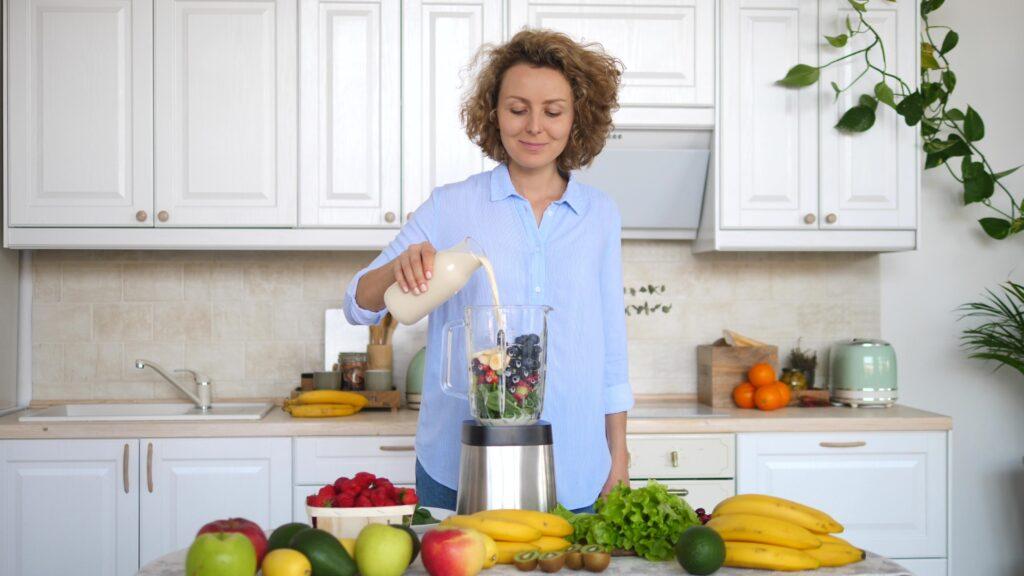Three ‘Healthy’ Foods That Might Not Be As Good For You As You Think

When I was thirty-eight, a close family member just two years older than me had a massive stroke. Of course, I instantly started inquiring after his health, but then I also asked if this was this hereditary or lifestyle-based.
I was already into nutrition and health, but ever since I’ve been on the lookout for new research that helps me understand nutrition and fitness information to help aim for that healthy lifestyle. Earlier this spring, a big surprise came when researching healthy grains: brown rice may not be so healthy after all.
I started digging deeper and found three ‘healthy’ foods I’d incorporated into my diet and now, well, let’s just say I’m rethinking those changes.
Brown Rice
The study that caught my attention came out in February this year. I was looking for the health benefits of brown rice versus white rice and discovered that this recent study revealed something unnerving: American-grown brown rice contains arsenic.
Brown rice has nutrients we’re all looking for, like high fiber, but rice bran and brown rice grown in the USA has a higher inorganic arsenic concentration than the grain endosperm or white rice. That means that when we consume brown rice grown in American soil, we’re ingesting toxins. Children are at an even higher risk for health problems related to brown rice consumption.
There is some good news, though: Brown rice from Asia has a lower arsenic content and is deemed safer than its American-grown counterpart. This means that if you can get a hold of it, Asian-grown brown rice has that healthier nutrient profile that you’re looking for. When you go shopping, check that “product of [nation]” label to verify what you’re buying is the healthier option.
Some Plant-Based Milks

Another ‘healthy’ food that’s celebrated by both those with dairy intolerance and vegan lifestyles is plant-based milk. Unfortunately, there are some problems with these products when we purchase them from the store.
A study showed that plant-based milks (no matter what kind when sold commercially) undergo extensive processing, which results in Maillard reaction products. In layperson’s terms, that’s the process that does “browning” to draw out flavor and “make safe” the food product (like browning ground turkey in the skillet).
The Maillard reaction isn’t necessarily unhealthy, but in the case of plant-based milks, the result is a higher content of these Maillard products than found in ultra-pasteurized dairy milk. The worst offender is a toxic chemical compound known as α-dicarbonyl. Heated foods contain these compounds but not always in such high numbers as processed plant milks.
Specifically, almond and oat milk contain Acrylamide, another toxin, which is shown to increase disease risks for cancer in mice and may be responsible for an increase in cancer in humans.
To combat this issue, skip the highly processed almond milk and oat milk from the store and make it at home instead. Make almond milk with just almonds and water or oat milk from oats, water, and a little salt and sweetener (as desired).
Coconut Oil

SOURCE: Unsplash
Any type of cooking oil is controversial when it comes to heart health. For many, the question isn’t “is oil healthy?” but rather, which oil is healthiest? For the past few decades, coconut oil has been the forerunner for health fads and trends. Some studies, however, show that coconut oil might not be so healthy and, in fact, may contribute to cardiovascular risk factors via higher LDL numbers.
The healthier choice is to find alternatives to cooking with oil, such as air frying without oil, cooking in water when possible, replacing oil with applesauce in certain baking recipes and other substitutions.
What To Do With Unhealthy ‘Health’ Foods
As I suggested above, there are ways you can get around these unhealthy choices. The key to a healthy diet, though, as in nearly all things in life, is moderation. High consumption of any one ingredient may increase risk factors for several health conditions, even foods that are conclusively proven to be healthy.
New studies are conducted all the time, as well, and reveal new things about the foods we eat, the cosmetics we wear and products we use. I recommend subscribing to science newsletters to stay on top of studies that may help you navigate a healthy lifestyle.






